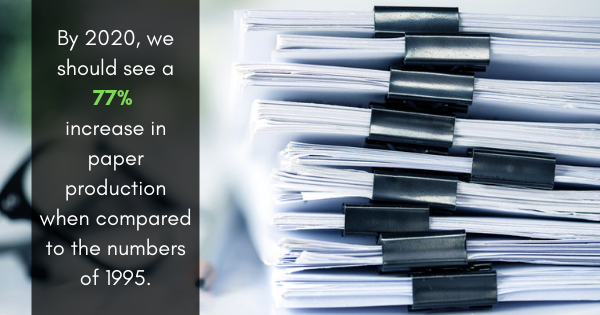What’s the Difference between Glossy vs. Matte Paper
When it comes to printing, the right choice of paper can significantly impact your project’s final look and feel. Understanding the differences between glossy vs. matte paper can help you make the best decision for your needs.
Both types of stocks are suited for different purposes. So, your ultimate choice depends on aesthetic preferences and project requirements. This blog explores the basic characteristics of these printing papers and helps you select the right material to enhance your photo prints.
Understanding the Basics of Glossy vs. Matte Paper
For crafting the perfect printed project, it’s significant to know that both paper finishes are coated and have unique properties. Glossy paper has a shiny, reflective surface that enhances color vibrancy, and images appear more vivid and eye-catching.
The National Institutes of Health shows that people find glossy materials more attractive than flat or matte ones.
Meanwhile, the matte paper has a non-reflective, dull surface that produces softer and more muted colors.
Top 5 Differences between Glossy vs Matte Paper
From photographs and art prints to brochures and business cards, the choice between glossy vs. matte paper can influence everything from visual appeal to durability. Let’s look at some key differences between glossy and matte paper.
Visual Appeal
Glossy paper is known for its high shine, which makes the color pop and produces luminous prints. This type of paper adds definition to make images look bolder and sharper. Also, the shiny finish gives a polished and professional look, which makes your prints stand out. However, glossy paper can create glare, which makes your prints difficult to read under certain lights.
In contrast, matte paper features softer colors to produce an understated finish. The absence of shine reduces glare and makes it easier to view under various lighting conditions. Because it does not have a thick, shiny layer, it’s compatible with inkjet and laser printers.
A matte finish provides a timeless and sophisticated appeal, making it ideal for formal invitations and heavy text materials.
Durability
Glossy paper has a reputation for resisting scratches maintaining its visual quality over time. This stock type often has a higher resistance to moisture, providing protection against spills and humidity.
However, it is more susceptible to fingerprints, marks, or smudges. The shiny surface can quickly show handling marks, which may require frequent cleaning to maintain its appearance.
Matte paper is more robust than glossy paper due to its propensity to hide fingerprints or smudges easily. It provides a timeless visual appeal that remains intact over time and stands strong against the effects of aging.
Texture
Glossy papers have a smooth and slick texture, which gives your prints a modern look. However, they lack the tactile texture and feel offered by subtle photos.
Since there is no shine, the matte texture of the image is more pronounced. This satin paper is a coated stock that offers prints a richer and more substantial feel. Matte papers offer a better grip, which makes them convenient to handle and less likely to slip through your fingers.
Uses
Due to its ability to produce vibrant and eye-catching images, glossy paper is often used for printing photographs, posters, brochures, digital printing, and other marketing materials. However, it’s not ideal for text-heavy documents, white-and-black photos, and images with sepia tones.
Instead, matte finishes are more versatile and suitable for a wide range of applications. These include fine art prints, black-and-white photos, and heavy text documents like books or reports where readability is key. They are an excellent choice where a classic or sophisticated look is desired.
Cost
Generally, glossy paper tends to be slightly more expensive than matte paper. It is due to the additional coating and finishing processes required to achieve its shiny, reflective surface.
Matte paper is usually less expensive because it involves fewer finishing processes. The non-reflective surface requires less coating, which can lower production costs.
Conclusion
In short, choosing between glossy vs. matte paper depends on your specific needs and preferences. If you prioritize vibrant colors, glossy paper is the way to go. On the other hand, if you prefer an elegant look with better handling, matte paper is the better choice.
At PaperPapers, you can find various options based on your project requirements. From metallic, glossy, and matte to cardstock, we have high-quality paper products at affordable rates. So, why wait? Order now!









